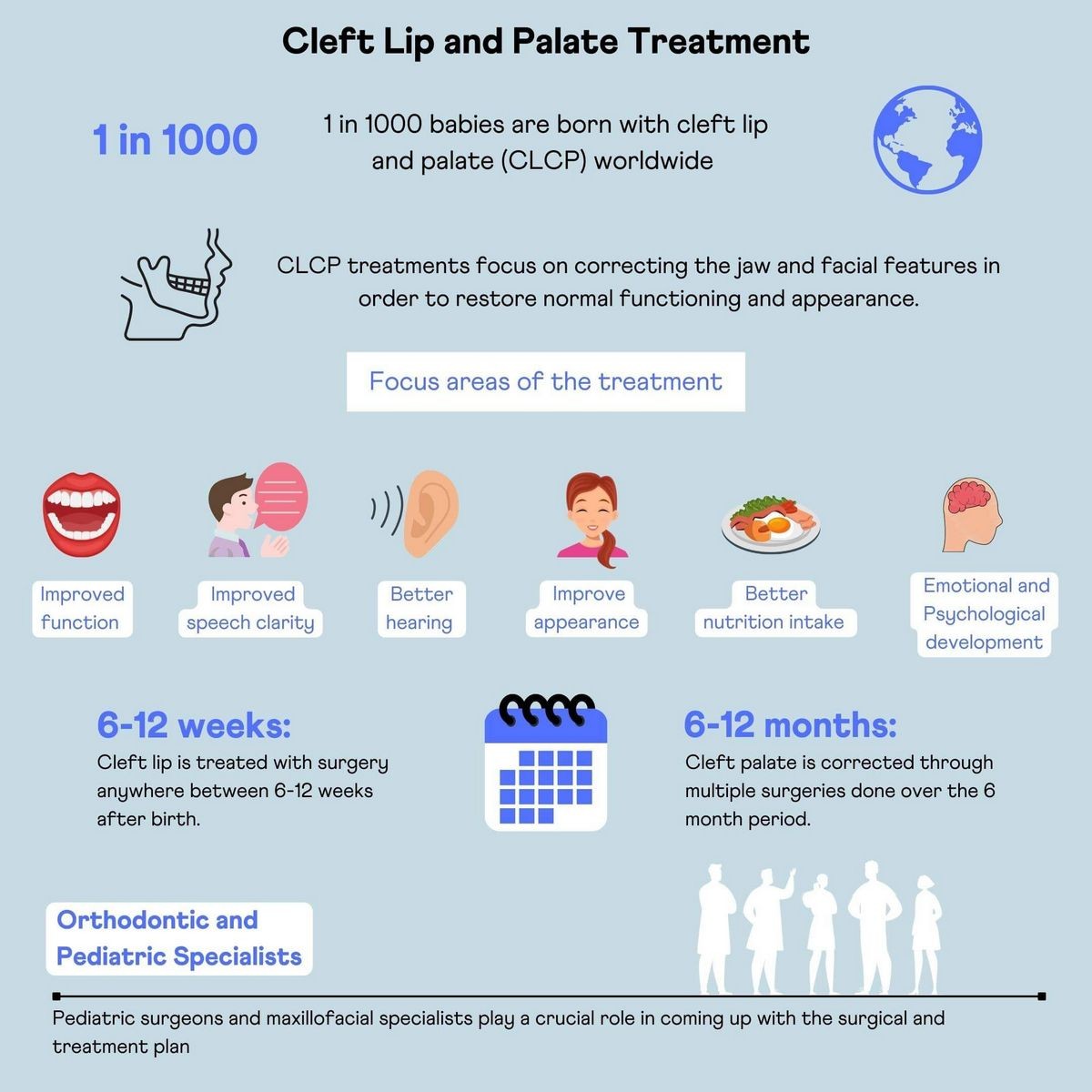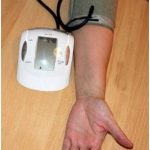
Contents
- 1 Cleft Lip and Cleft Palate
- 1.0.1 What is the difference between cleft lip and cleft palate?
- 1.0.2 How often do these birth effects occur?
- 1.0.3 What causes cleft lip and cleft palate?
- 1.0.4 Who is most likely to get a cleft palate?
- 1.0.5 How do physicians diagnose a cleft lip and cleft palate?
- 1.0.6 What is the treatment for a cleft lip and cleft palate?
- 1.0.7 Can you fix a cleft lip?
- 1.0.8 What is the prognosis for a cleft lip and cleft palate?
- 1.0.9 Is it possible to prevent a cleft lip or cleft palate?
Cleft Lip and Cleft Palate
A cleft lip is an opening extending through the upper lip. It may be in the midline or on the left or right side. A cleft palate is an opening of the hard palate or the soft palate.
What is the difference between cleft lip and cleft palate?
Similar to a cleft lip, a cleft palate may be midline or on either side. It may extend from the upper jawbone to the rear of the throat.
Since the development of the lip and palate occur at different times during gestation, an infant may have a cleft lip, cleft palate, or both.
How often do these birth effects occur?
Cleft lip occurs in approximately one in 700 live births. Boys are twice as likely to have a cleft lip. Girls are more likely to have a cleft palate alone. The frequency of clefts varies among different ethnic backgrounds.
What causes cleft lip and cleft palate?
Gender and ethnic background are risk factors. There are other factors that seem to contribute to clefting as well.
Who is most likely to get a cleft palate?
The more severe the defect in a child, the higher the risk for a cleft malformation in subsequent siblings. If an older sibling has a single cleft lip, the recurrence risk is 2.7%. If an older sibling has bilateral involvement, the recurrence risk is doubled. If a parent has had a cleft lip or palate, there is a 4% likelihood of cleft malformation in their children. However, if an affected parent has a child with a cleft lip or palate, the chance of future children experiencing a cleft malformation rises to 14%.
How do physicians diagnose a cleft lip and cleft palate?
The diagnosis of cleft lip at birth is obvious. All newborn infants are screened at birth for cleft palate. Direct illuminated examination of the infant’s hard and soft palate is part of the complete exam of any newborn. In addition, the palate is palpated with the examiner’s finger to ensure that a "partial cleft" is not missed. Before birth, a prenatal ultrasound examination may demonstrate malformation of the upper lip, nasal opening, or palate. Other tests may be recommended based on individual circumstances.
Other birth defects that are associated with cleft lip and palate may include common cardiac defects, pyloric stenosis, club foot, and scoliosis.
What is the treatment for a cleft lip and cleft palate?
Treating a cleft lip and/or palate involves a series of surgical procedures starting at about 6 to 12 months of age. The first procedure is typically the repair of the palate defect. This improves feeding, reduces the frequency of ear infections, and supports the development of the upper jaw. Additional procedures may be done in later years, such as bone grafts, orthodontic treatment, and scar revision.
Can you fix a cleft lip?
Multiple surgical procedures are generally necessary to achieve a satisfactory outcome. Cleft lip repair is usually done around 3 months of age.
QUESTION
What is the prognosis for a cleft lip and cleft palate?
With effective treatment and coordination of care, an excellent outcome regarding appearance and function can be achieved. A cleft palate team consisting of various medical specialists is commonly involved in the management of these cases.
Complications may include feeding problems, ear infections/hearing loss, speech problems, and dental problems.
Is it possible to prevent a cleft lip or cleft palate?
Most infants with cleft lip or cleft palate do not have obvious risk factors. However, certain medications, smoking, alcohol consumption, and lack of folic acid supplementation may increase the likelihood of these birth defects.
Reference: Jones, Kenneth Lyon. Smith’s Recognizable Patterns of Human Malformation, 5th ed. Philadelphia, Pa.: WB Saunders Co., 1997.


